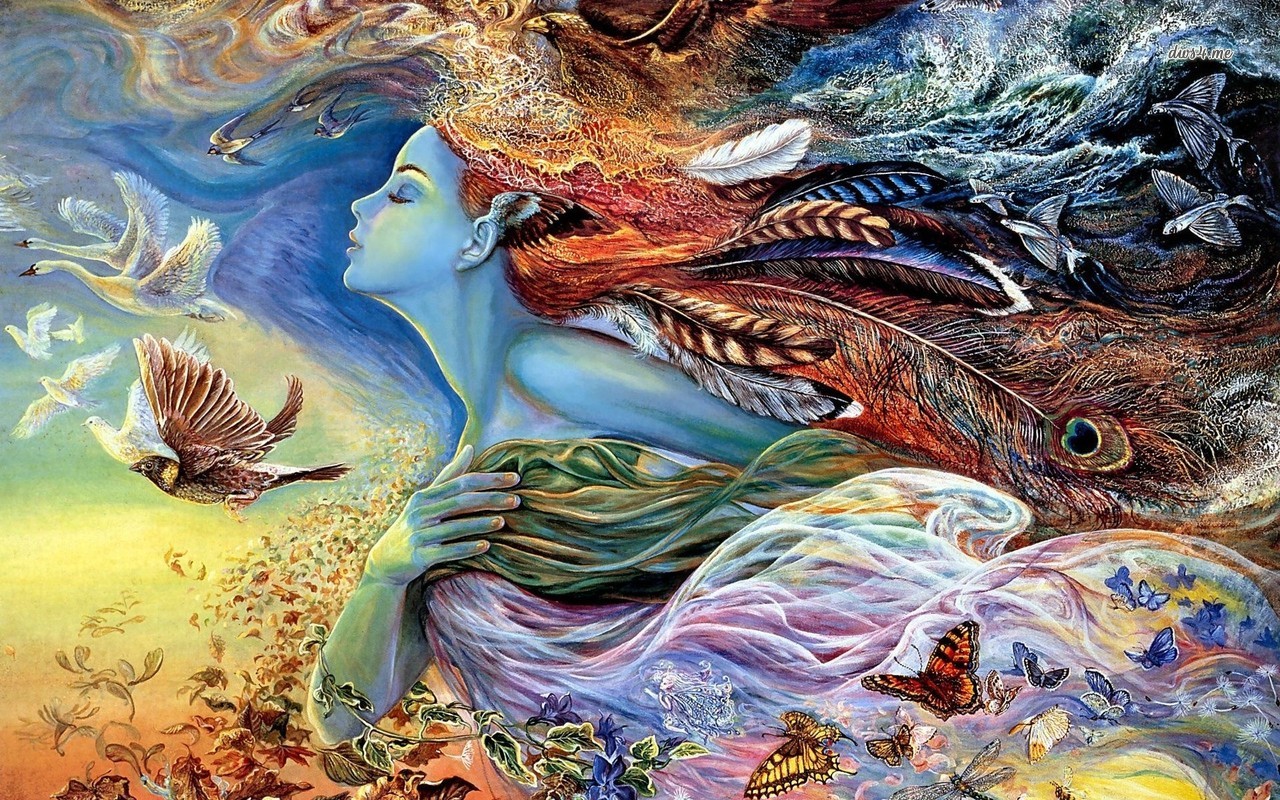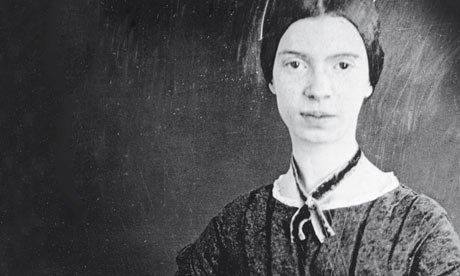The era to which Dickinson belonged to, had a special regard for brevity and experimental station. In this poem of hers, one need not be a chamber to be haunted, she makes exceptional use of both. The poem being discussed in context here was first published in 1924, posthumously in the collection of Dickinson’s poems called, “The Complete Poems of Emily Dickinson”, in the fourth part under the subtitle of “ Time and Eternity” and is the sixty-ninth poem under it. The poem comprises five stanzas which in turn are made of one sentences each. They are unbound from a fixed rhyme scheme and are in common verse, alternating between iambic tetrameter and iambic trimeter. The observed pattern of rhyme could be described by dealing with each stanza separately.
One Need not be a Chamber to be Haunted Analysis
The opening stanza of the poem One Need Not be a Chamber to be Haunted has an internal rhyme scheme of ABCB pattern which again is echoed through the third and fourth stanzas respectively. The second stanza is kept in a perfect ABAB rhyme pattern, which is characteristic of Dickinson’s style. The fifth or the last stanza again comprises of internal rhyme but this time it has two repetitive similar consonant sounds in its alternate lines along with two dissimilar ones. Throughout the poem, we can perceive Dickinson’s strong sense of comparison and precision to detail, which gets reflected in her romantic yet macabre imagery. The poem maintains a poignant balance between its autobiographical and universal elements, which Dickinson in her typical style molds into a single dimension, fusing the personal and the universal.
Throughout her life, Emily Dickinson enveloped herself in white attires, the Characteristic of which comes through this poem. It is devoid of any loud colors and passionate animated feelings. It has a calm and composed continuity of somber self-indignation and poised query. A certain tensed and alarmed attitude is perceived too, with a despair to convey the message. In the opening stanza, Dickinson reasserts the centuries-old dominance of the brain over the reality.
“The mind is its own place, and in itself can make a heaven of hell, a hell of heaven..”
Satan in Milton’s Paradise Lost
The superseding mental perspective over the banal material reality is conveyed by Dickinson, where she dismisses the perils of the circumstantial reality, which are nothing in comparison to the everlasting agony of mental hauntings. The opening of the poem deals with such emotion of sorts where the reader is introduced to the dilemmas of the self. Dickinson here compares our childhood fears with the situations that we face in reality and how those monsters living under our bed have crept inside our heads. The human personality is a conglomerate of shades light and dark, and although we may prefer keeping our skeletons in our closets, at the end of the day they suffice to haunt us. Our primary instinct is to choose the more safe “ trodden” path of familiarity, which Dickinson suggests us to choose from for we are more equipped in handling the dangers of cowardice than facing the unsettling dooms of our darker self. The “whiter host” here can be an allusion for the human brain or even the paler and quieter unknown self of ours, which conceals within it phobias more superior than any known to the material world.
An imagery of churchyard/graveyard scenery is expressed in the third stanza which exhibits a certain “ moorish melancholy”. Dickinson has shunned blind ritualistic acceptance of faith from the very beginning and had believed more in the spiritual and divine side of religion. This was a way in which she coped up with several losses of loved ones in her life, which she claims lay in “ churchyard silence”. But she claims that its better to face the apparitions of those beings that are long gone than to encounter with oneself on a “moonless” night, which will be devoid of all the celestial light, making the darkness that lies dormant within our souls more potent. No man can be an island in the reality is the universally accepted truth, but hidden factor beneath is that everyone feels alone in a crowd and in such isolation is jolted by the depths of their worst fears. Most of her adult life Dickinson had kept herself separated in seclusion and she is well aware of the dilemma faced by the modern soul when alienated from its circumstances.
The poem One Need Not be a Chamber to be Haunted can be divided into two distinctive parts, the first three stanzas and the following two. For the first three stanzas, Dickinson provides the readers with a comparative study of the perils that exist internally and externally and exposes the true complex and disordered self which remains beneath our simple single dimensional exteriors. In the second part, however, she tends to explain the complexities of the human nature. The conception of oneself that lies within is a partial truth that the self-does not want to uncover. Dickinson finds this phenomenon to be astonishing and unsettling which should concern us more. The paranoid tendencies of being afraid of arbitrary murderers who could or could not be in our lodgings should be the least of it.
Dickinson ends her poem with a metaphor representing the pride and prejudice of our prude society, where caution is taken more on the outside than on the inside. People take all kinds of safety measures to shield themselves from any harm that can be caused externally and has a blatant disregard for the growing devil within we shall, in the end, decapitate them. Dickinson concludes her poem by citing the glorious dichotomy of nature, the prey and the predator residing in one. And that we are so busy playing the roles of obedient lambs in our society that we neglect the malevolent tiger within us, capable of inconceivable destruction.
One Need not be a Chamber to be Haunted Theme/Central Idea
The theme or the central idea of the poem is the perception of the perilous inner self. Throughout the five stanzas, Dickinson explains to her readers the dangers that lie within oneself and how we tend to avoid an encounter with them. That there are things more dangerous than what our quaint orderly society can conceive of. Dickinson tackles irrational fears with more real dominant ones which require way more acceptance and diligence than the normal and the only specters that we shall witness ever, lives right within us.
Some online learning platforms provide certifications, while others are designed to simply grow your skills in your personal and professional life. Including Masterclass and Coursera, here are our recommendations for the best online learning platforms you can sign up for today.
The 7 Best Online Learning Platforms of 2022
- Best Overall: Coursera
- Best for Niche Topics: Udemy
- Best for Creative Fields: Skillshare
- Best for Celebrity Lessons: MasterClass
- Best for STEM: EdX
- Best for Career Building: Udacity
- Best for Data Learning: Pluralsight















